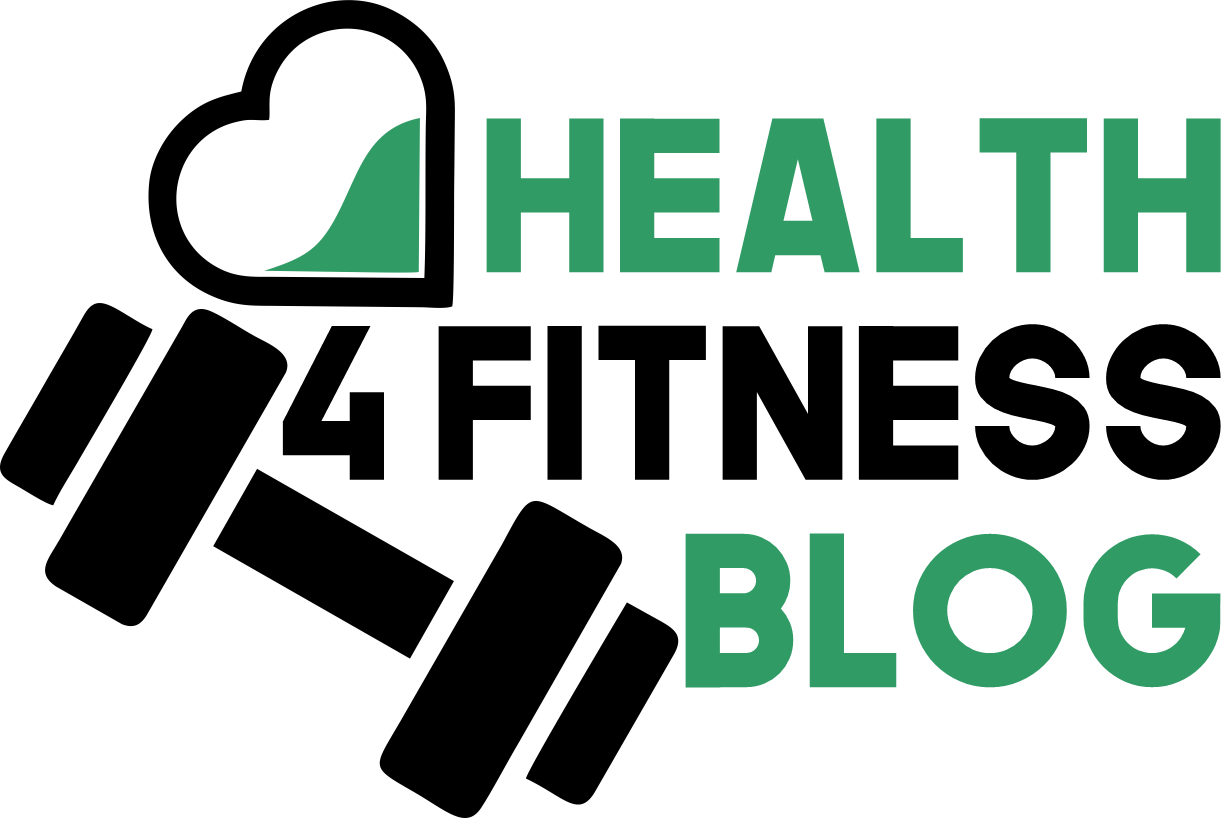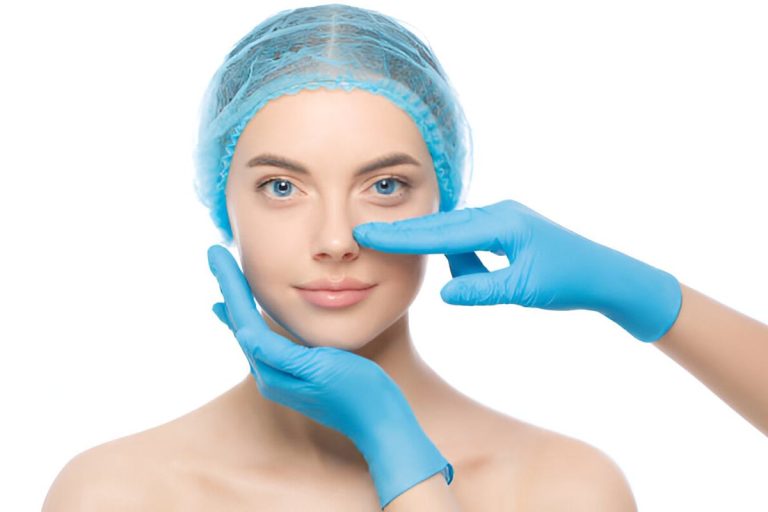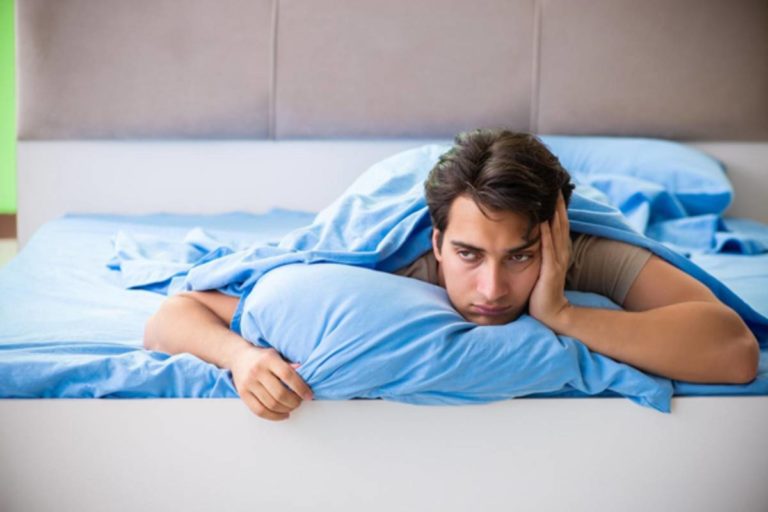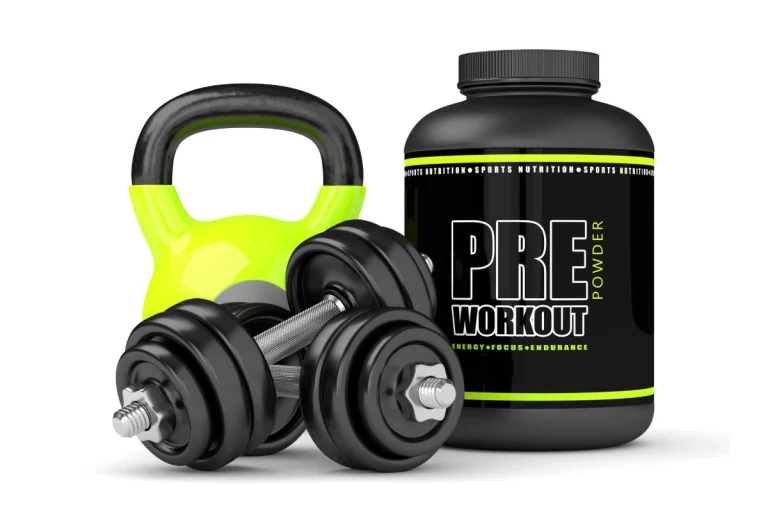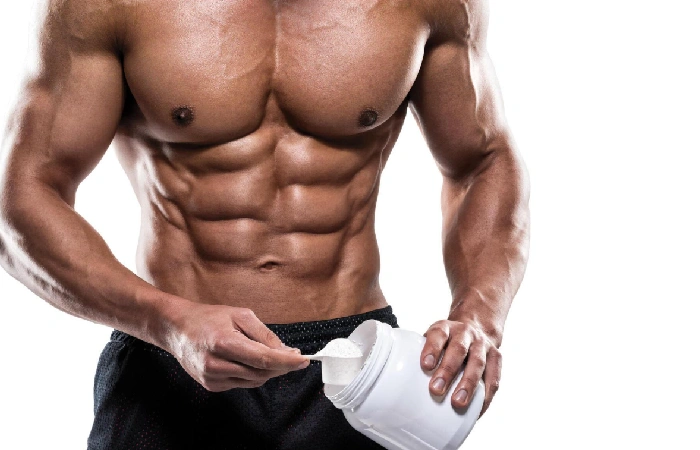Living with obsessive-compulsive disorder (OCD) means dealing with persistent, unwanted thoughts and repetitive behaviors that can significantly impact daily life. While finding the right treatment is crucial, many people don’t realize how different treatment approaches can affect their physical health and exercise routines.
This comprehensive guide explores the relationship between OCD treatments and physical activity, helping you make informed decisions that support both your mental health recovery and overall wellness.
Table of Contents
Exercise and OCD: The Connection
Exercise helps reduce OCD and depression symptoms, particularly in the short term. Physical activity strengthens neural connections in the brain, which can decrease obsessive-compulsive symptoms.
Exercise provides several benefits:
- Increases self-confidence
- Releases endorphins (natural mood enhancers)
- Improves overall mood
- Reduces stress levels
Since stress worsens OCD symptoms, exercise promotes calm and relaxation.
However, different OCD treatments can impact your ability to exercise. This guide examines how various treatment options affect physical activity.
Common OCD Medications and Side Effects
Most people with OCD receive a combination of medication and therapy. Doctors typically prescribe SSRIs (Selective Serotonin Reuptake Inhibitors) and SNRIs (Serotonin-Norepinephrine Reuptake Inhibitors). If you’re considering OCD treatment options, here are the most common medications and their potential effects on energy levels:
Zoloft (Sertraline) – SSRI
Common side effects:
- Drowsiness and fatigue
- Insomnia
- Dizziness
- Nausea
- Skin rashes
- Agitation
These symptoms can reduce exercise capacity, especially fatigue and dizziness.
Paxil (Paroxetine) – SSRI
Treatment timeline: Effects typically appear after 4-6 weeks of consistent use.
Possible side effects:
- Sexual dysfunction
- Nausea
- Diarrhea
- Insomnia
- Weakness and fatigue
Most patients tolerate Paxil well, with side effects being relatively uncommon.
Anafranil (Clomipramine) – Tricyclic Antidepressant
This older medication class tends to cause more side effects than SSRIs.
Common side effects:
- Weight and appetite changes
- Nasal congestion
- Headaches
- Decreased concentration and memory
- Reduced libido
- Nervousness
- Digestive issues (diarrhea or constipation)
- Nausea and drowsiness
- Dry mouth
These effects can significantly impact exercise motivation and performance.
Luvox (Fluvoxamine) – SSRI
Potential side effects:
- Decreased appetite and weight loss
- Agitation and nervousness
- Weakness and fatigue
- Unsteadiness
- Reduced libido
- Dry mouth
- Headaches and nausea
- Difficulty concentrating
- Indigestion and constipation
Prozac (Fluoxetine) – SSRI
Prescribed for various mental health conditions, including OCD and major depressive disorder.
Common side effects:
- Weakness
- Heartburn
- Dry mouth
- Excessive yawning
- Weight loss
- Changes in sex drive
- Increased sweating
- Confusion and memory problems
- Headaches
- Anxiety and nervousness
Serious side effects requiring immediate medical attention:
- Joint pain and swelling
- Difficulty breathing
- Hives
- Blisters and rashes
Deep TMS: An Alternative Approach
Understanding Deep TMS
Deep Transcranial Magnetic Stimulation (TMS) is an FDA-cleared, non-invasive treatment for OCD. The procedure uses a specialized helmet containing magnetic coils to target specific brain regions: the medial prefrontal cortex and anterior cingulate cortex.
Treatment Details
- Duration: 20-40 minutes per session
- Frequency: 5 sessions per week
- Treatment period: 4-6 weeks
- Pain level: Pain-free procedure
Advantages for Active Individuals
Deep TMS does not cause the fatigue, nausea, dizziness, or weight changes associated with medications. This allows patients to maintain their exercise routines without interference.
Many patients report significant symptom improvement and enhanced daily functioning following Deep TMS treatment.
Maximizing Treatment Success
Any OCD treatment becomes more effective when combined with healthy lifestyle practices:
- Regular physical activity – Even moderate exercise provides benefits
- Balanced nutrition – Maintain consistent, nutritious meals
- Adequate sleep – Target 7-9 hours nightly
- Stress management – Practice relaxation techniques
Choosing the Right Treatment
Consider these factors when evaluating treatment options:
- Current symptom severity
- Effectiveness of existing treatments
- Impact of medication side effects on daily activities
- Importance of maintaining physical fitness
If traditional therapy and medication aren’t providing adequate results, or if side effects interfere with your lifestyle, discuss OCD treatment alternatives like Deep TMS with your healthcare provider.
Bottom Line
Effective OCD treatment doesn’t require sacrificing physical fitness. Understanding how different treatment approaches affect your energy levels and physical capabilities helps you make informed decisions that support both your mental health recovery and overall wellness goals.
